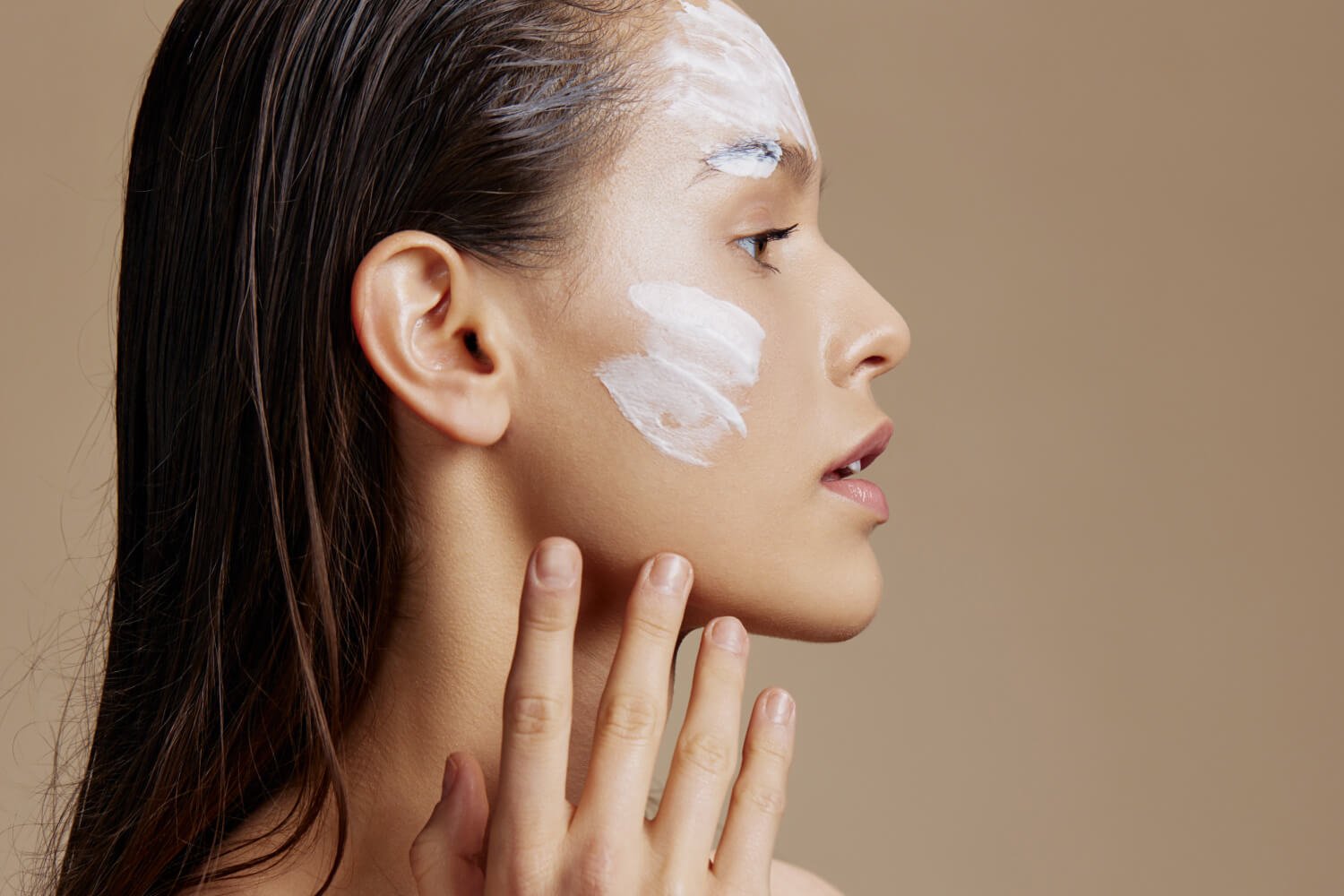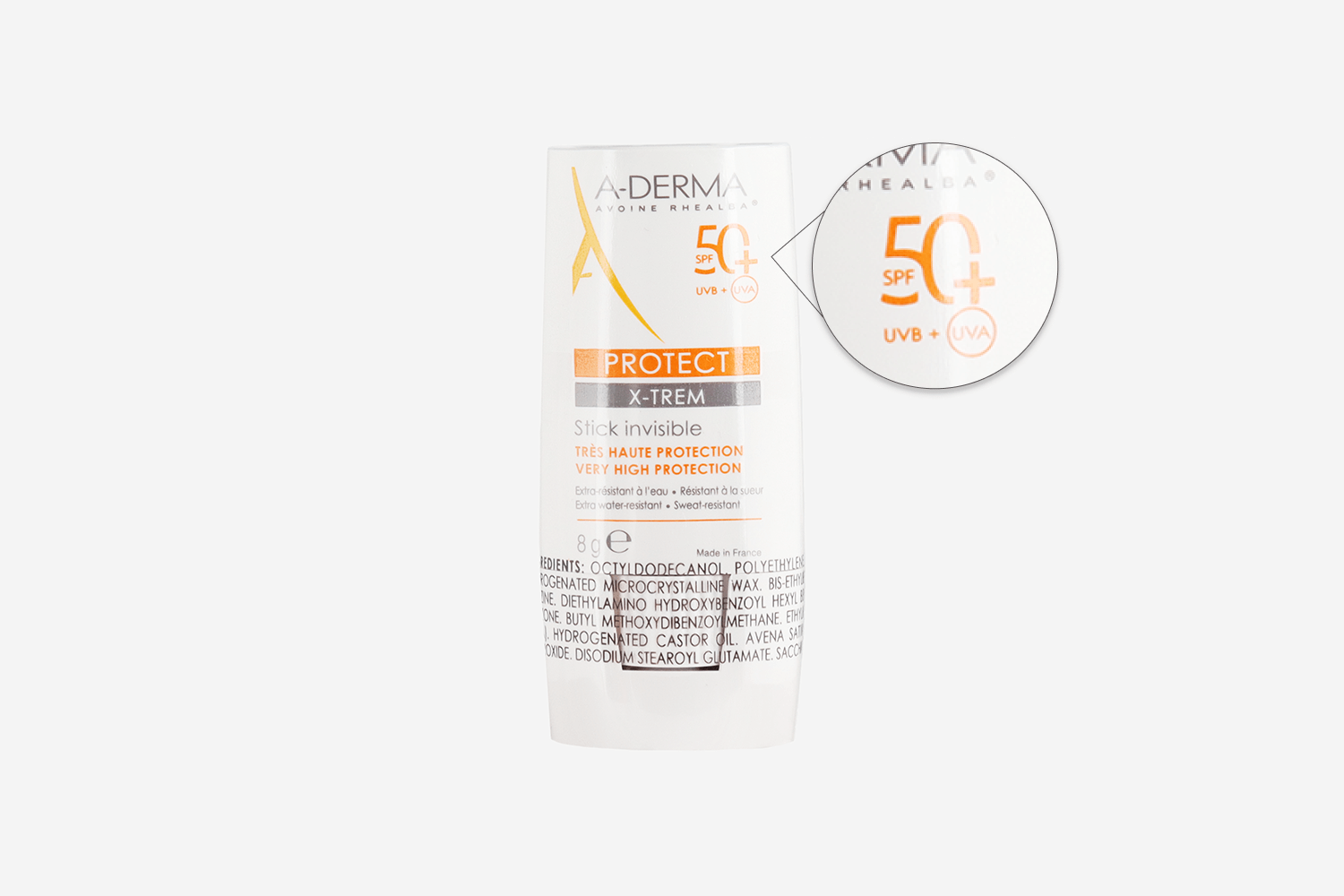
If you know your skincare stuff (or hang out at skincare Reddit, hi there, so do we!), you’ve probably come across the concept of European sunscreens. In the past couple of years, European sunscreens have gained a bit of a reputation: they’re said to have better textures, to feel better on the skin, to provide greater protection against UVA radiation… in short, they’re just supposed to be better. But are they, really?
Here at Care to Beauty, we are European ourselves. We are based in Europe, we deal with European brands, and we stock overwhelmingly European sunscreens. So, today we’re putting our knowledge to work and telling you the whole story. How do we feel about European sunscreens? Are they better or worse than those available in other regions? What are the relevant regulations for European sunscreens? How do sunscreens actually come into the market here in Europe? And, of course, how can you buy European sunscreens if you’re not in Europe yourself?
Sit comfortably, get yourself a drink, and let’s dive in.
On this post:
- Why is European sunscreen better than American?
- European sunscreens use latest generation sun filters
- European sunscreens offer better UVA protection
- High tolerance on sensitive skin
- What are the sunscreen regulations in the European Union?
- What are the EU-approved sunscreen ingredients and filters?
- Which European sunscreens should you buy?
Is European sunscreen better than American?
First things first, let’s answer the most important question: is European sunscreen better than, say American sunscreen? In many ways, yes—but this is a multifaceted question.
In the fight between European and American sunscreens, there’s a lot that plays out in favor of European formulas. Among the strongest arguments, you have the fact that European sunscreens use the latest generation sun filters, are better suited to sensitive skin, and provide higher levels of UVA protection. Let’s unpack those arguments, one by one.
1. European sunscreens use latest generation sun filters
One of the biggest differences between European and American sunscreens has to do with the availability of sun filters. As of 2022, there are nearly 30 approved sun filters in Europe, the latest of which was approved in October 2020. (If you’re curious, that was Mexoryl 400, patented by L’Oréal and currently in use in a few La Roche-Posay products.)
Conversely, the USA has only 16 sun filters approved by the Food and Drug Administration (FDA), the latest of which was approved in 1999. You read that right: the USA has half as many available sun filters as the European Union, and they haven’t approved a single new option since 1999.
Now, why is there such a big difference? A lot of it has to do with the fact that, while Europe considers sunscreen products to be cosmetics (similar to, say, moisturizers or skin cleansers), the USA considers them to be drugs, i.e. medication. This results in a completely different set of requirements for approval, which may explain why the USA has been so much slower in approving new sunscreen filters for commercial use.
Now, you may be wondering: does this mean that wild lawless Europe will approve just about anything, regardless of effectiveness or safety? Is the European Union just so much more lenient? Absolutely not. In the European Union, sunscreens are regulated under the EU Regulation (EC) No 1223/2009, plus the Commission Recommendation of 22 September 2006 on the efficacy of sunscreen products and the claims made relating thereto. Combined, these two documents provide a strict framework for the evaluation and approval of sunscreen filters and sunscreen products.
Using strict but actionable standards, the EU can be rather agile when it comes to approving the latest-generation UV filters and making them available to consumers on the shelves. That is one of the main differences between European and American sunscreens: while American formulas remain tied to UV filters that haven’t been developed in over twenty years, European formulas are making full use of cutting edge skincare science–which is not only safe, but may also be more effective against UVB and, especially, UVA radiation.
But we’ll get to that in the next section.
2. European sunscreens offer better UVA protection
If you’re a sunscreen buff, you know there’s more to sunscreen than just its SPF rating. The SPF rating is an indicator of how well a product protects against UVB radiation (which is generally the type of radiation that is associated with sunburn). SPF ratings, which are governed by the ISO 24444:2019 standard, are used worldwide. Knowing this, you’d think a product marked with SPF50 in Europe should be just as effective as a product marked with SPF50 in the USA—and you’d be right. However, the two products can offer radically different levels of protection against UVA radiation. The level of protection against UVA radiation (most often associated with photoaging, but not only) isn’t reflected in the SPF rating at all. So, how is it actually measured and presented to us, the consumers?
The answer will differ between Europe and the USA. In the USA, sunscreens may be labeled “broad spectrum” if they offer protection against both UVA and UVB radiation–a bold claim which is measured by a “critical wavelength” test. To put it very simply, sunlight is a spectrum of different types of radiation. Each of these types of radiation has a different wavelength, which is measured in nanometers (nm). UVB radiation has a wavelength between 280 and 315 nm, and UVA between 315 and 400 nm. For a sunscreen product to pass the critical wavelength test in the USA, it must be able to offer some degree of protection past the 370 nm point. (To be technical: 10% of the product’s overall absorbance ability must be located past the 370 nm point. This is what it means to have a “critical wavelength” of at least 370 nm.)
The fatal flaw of this test is that, in order to be considered “broad-spectrum” in the USA, a sunscreen product doesn’t actually need to offer optimal, or even adequate protection past the 370 nm point, where long-wave UVA is located. It just needs to reach that point and then surpass it, slightly.
In the European Union, it’s much easier to figure out whether a product offers adequate UVA protection. According to the Commission Recommendation of 22 September 2006 on the efficacy of sunscreen products and the claims made relating thereto, “a sunscreen product should provide a minimum UVB and UVA protection”, and these two values should be mathematically related. In short, the level of UVA protection, measured in PPD, should be at least a third of the level of UVB protection, measured in SPF. A critical wavelength of at least 370 nm, the same as in the USA, is also recommended.

What this means, in practice, is that a sunscreen product with SPF30 should have a PPD of at least 10. Although this is merely a recommendation, rather than a strict law, the overwhelming majority of European sunscreen brands do comply with this recommendation. By doing so, they gain bragging rights: the right to use the UVA badge (the UVA letters inside a circle) on their products.
This makes it easy for consumers anyone to check, right away on the product label, whether their sunscreen product offers an adequate level of UVA protection. We’ve tried it, here at Care to Beauty, and the UVA badge is right there, on the packaging of most of the sunscreens we sell and recommend. In this, the European Union and the brands that work in it seem to be of one mind: UVA protection is important, and this is one recommendation that is worth following voluntarily.




If that was a little too in-depth, let us share this tidbit instead: a study from 2017 analyzed 20 commercially available sunscreens in the USA and found that while 95% met the USA requirement for UVA protection, only 55% met the EU recommendations regarding UVA protection.
3. High tolerance on sensitive skin
Now, let’s talk about sensitive skin. If you search up European sunscreen brands, you will come across a lot of familiar names. Avène, Vichy, La Roche-Posay, Uriage… all of these brands, which are famous for their sunscreens, are considered to be pharmacy brands here in Europe. These are brands that know how to work with sensitive skin to create effective, high-tolerance products that won’t trigger further sensitivity or irritation. This expertise with sensitive skin translates well into the formulation of sunscreen products, which tend to be gentle on sensitive skin without sacrificing effectiveness. For many European pharmacy brands, sensitive skin is not an overthought; instead, sensitive skin is at the forefront of formulation concerns.
Now, you may be wondering: if these brands and products are so good for sensitive skin, why do so many of their sunscreens contain fragrance and alcohol? This is where we must hand you over to the formulators: there is a reason for products to contain these ingredients, and most of the brands we work with fully own up to these reasons. Fragrance may make a product more pleasant to wear, which in turn may make people reach out for it more often. On the other hand, alcohol is necessary in sunscreens because of its function as a solvent. Because filters are not soluble in water (nor would you want them to be, or else they’d wash away with the tiniest bead of sweat), alcohol is used to solubilize the filters and actually get them into the formula.
If you’re anything like the author of this post, you’ll just run with these ingredients. However, you may not want to use them. If that’s the case, you’ll still find plenty of fragrance-free and alcohol-free alternatives in European sunscreens.
Likewise, if you want to buy a European sunscreen without any chemical filters included, you may be surprised at how easy it will be: most brands offer at least a few 100% mineral sunscreens, and you’d be surprised at how good they are these days. Yes, there’s always a little bit of white cast, but it’s nothing compared to what it used to be. Brands like Heliocare formulate absolutely incredible mineral sunscreens, as does Bioderma: these sunscreens feel so comfortable on the skin that you’ll actually forget you’re wearing zinc and titanium on your face.
What are the sunscreen regulations in the European Union?
When it comes to regulations for European sunscreens, there are two main documents to keep in mind, which we have been mentioning up until this point. Sunscreens are regulated under the EU Regulation (EC) No 1223/2009, which considers them to be cosmetics. Further recommendations, such as the recommendation regarding UVA protection, come from the Commission Recommendation of 22 September 2006 on the efficacy of sunscreen products and the claims made relating thereto.
What are the EU-approved sunscreen ingredients and filters?
As of 2022, there are around 30 approved sun filters in Europe. To look through the full list, look into Annex VI of the Regulation (EC) No 1223/2009. The latest filter to be approved, as we have already mentioned, was Mexoryl 400 in 2020. Before that, however, the European Union had already approved such innovative filters as TriAsorB, Tinosorb A2B, Uvinul A Plus, and many more.
Which European sunscreens should you buy?
Now that you have an idea of the rules and recommendations that Europe uses when it comes to sun protection, you can rest easy: you can safely buy any European sunscreen, and know that your skin is in good hands.

The best European sunscreen brands
When it comes to European sunscreen brands, here at Care to Beauty we have full trust in all the brands we work with. Among them, the most popular would be Avène, Bioderma, Eucerin, Heliocare, ISDIN, La Roche-Posay, Nivea, Sesderma, SkinCeuticals, SVR, Uriage, and Vichy, all of which offer plenty of options to suit every skin type and concern.
The best European sunscreens, by skin type and concern
If you know anything about skincare and sunscreen, you know that there can be no such thing as “the best sunscreen ever”. “The best” will always depend on your skin type and concerns, as well as on your preferences regarding texture, fragrances, form of application, and so on. Fortunately, European sunscreen isn’t all the same, and there are actually many, many options to choose from.
In order to help you find the best European sunscreen for your needs, we’ve put together a few sunscreen guides using our favorite European brands. Make sure to look through them to find your best match:
We hope we’ve answered some of your doubts about European sunscreens. Are they really better? Why is that? From now on, you will be able to answer these questions on your own. Have a safe time in the sun, and make sure to browse our full selection of (very European) sunscreens in the shop. There’s truly something for everyone!
Beauty Writer & Editor


